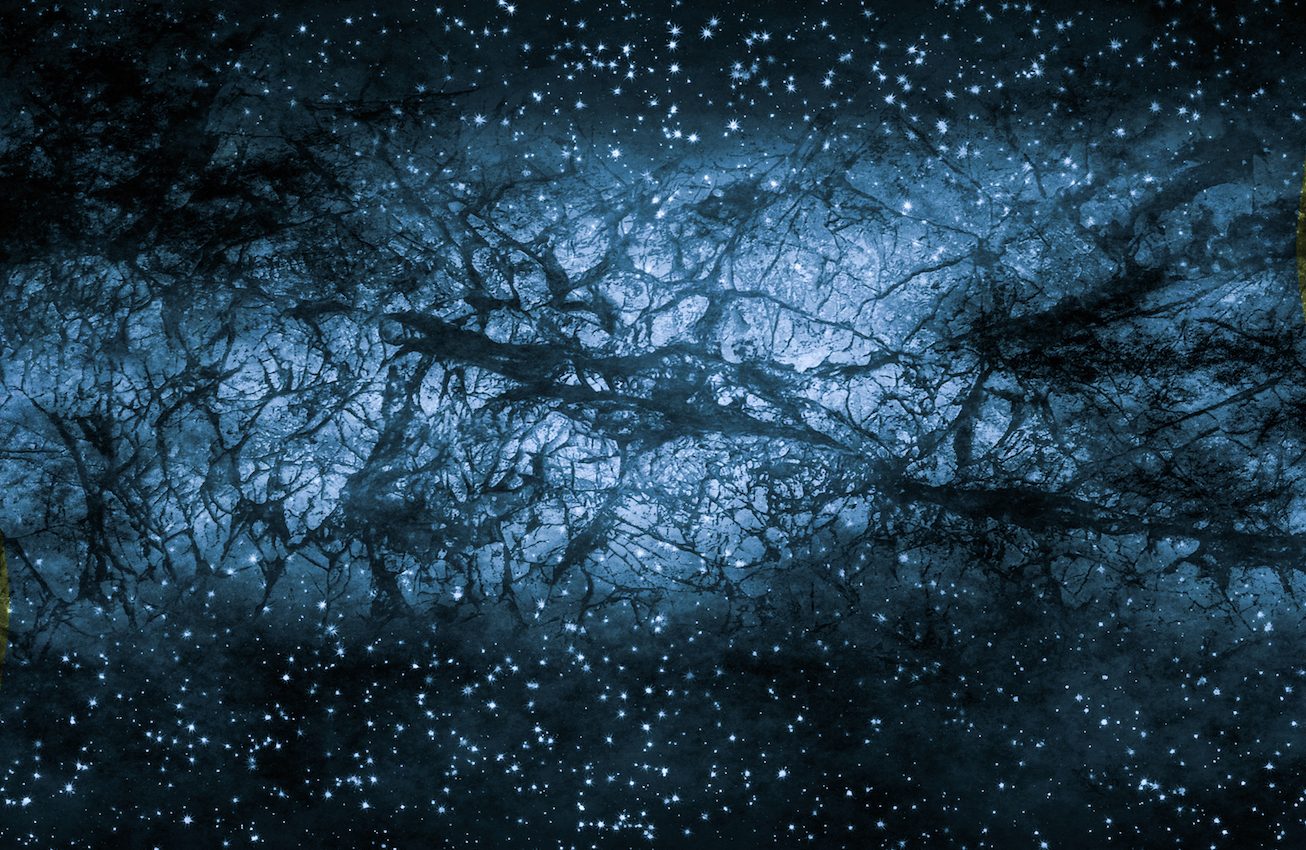
New theory may solve the mysterious and dark matter and dark energy
The vast majority of the universe is made up of dark matter that emits no light or energy, making it impossible to observe and study. Dark energy, or the anti-gravity force that causes the Universe to expand, has also remained a mystery to scientists.
A groundbreaking new theory from Dr. Jamie Farnes at the University of Oxford e-Research Centre proposes that dark matter and dark energy are essentially interchangeable, and that they are both a fluid substance that contains a negative mass. Dr. Farnes has developed a model that demonstrates what dark matter and dark energy may be like physically.
“We now think that both dark matter and dark energy can be unified into a fluid which possesses a type of ‘negative gravity,’ repelling all other material around them,” said Dr. Farnes. “Although this matter is peculiar to us, it suggests that our cosmos is symmetrical in both positive and negative qualities.”
The idea of negative matter was previously disregarded because it was believed that this material would become less dense as the Universe expands, which is contrary to the knowledge that the density of dark energy does not thin out over time.
However, Dr. Farnes has identified conditions that would allow for negative masses to be continuously created. The new model shows that when more and more negative masses are bursting into existence, the negative mass fluid is not diluted as the Universe expands. Instead, it maintains its density, just like dark energy.
“Previous approaches to combining dark energy and dark matter have attempted to modify Einstein’s theory of general relativity, which has turned out to be incredibly challenging,” said Dr. Farnes. “This new approach takes two old ideas that are known to be compatible with Einstein’s theory – negative masses and matter creation – and combines them together.”
“The outcome seems rather beautiful: dark energy and dark matter can be unified into a single substance, with both effects being simply explainable as positive mass matter surfing on a sea of negative masses.”
The new theory will now be tested with a cutting-edge radio telescope known as the Square Kilometre Array (SKA), which is the product of an international effort to build the world’s largest telescope.
The study is published in the journal Astronomy & Astrophysics.
—
By Chrissy Sexton, Earth.com Staff Writer













